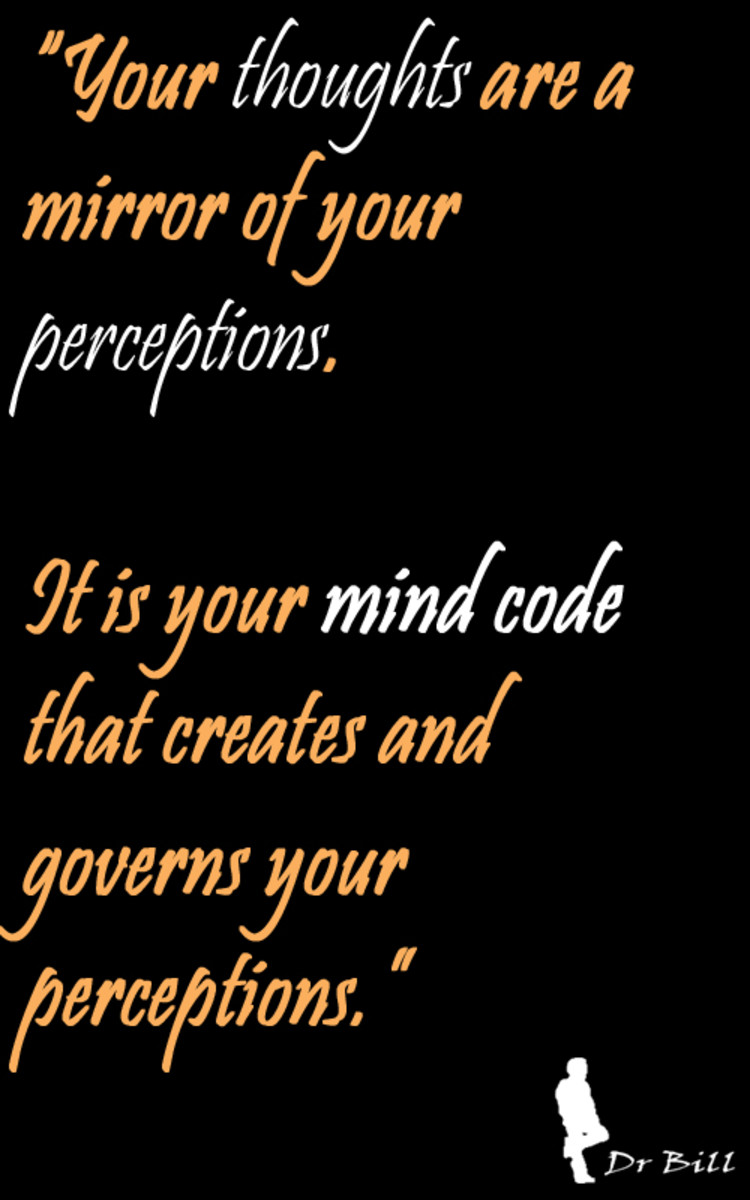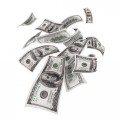Habit formation and how to change bad ones?
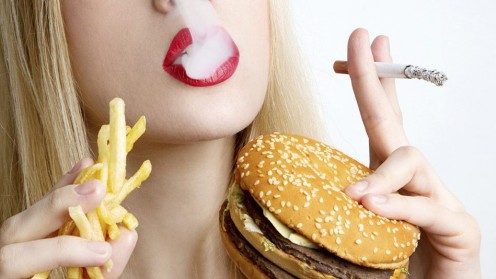
A habit can be defined as a behavior involving more or less fixed way of thinking, willing or feeling acquired through previous repetition of a mental experience. Habitual behavior tends to occur unconsciously because a person need not engage in self analysis while undertaking habitual tasks. If a person instinctively reaches for a cigarette as soon as one gets up in the morning, it means the person has a habit. Similarly, if one puts on instinctively running shoes in the morning and goes for a jog, it means the person has a habit.
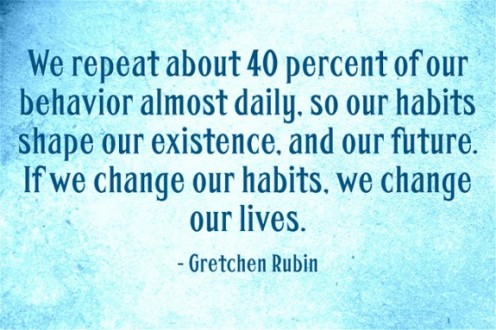
Habit formation -
The process by which new behaviors become automatic is called habit formation. It appears that old habits are hard to break and new habits are hard to form because the behavioral patterns that are repeated most often are literally etched out into neural pathways in our brain. Such neural circuits in the brain drive us to feed our cravings.
Every habit starts with a psychological pattern called habit loop, which is a process having three parts: firstly, there is a trigger that tells the brain to go into automatic mode, thus forming a behavior; secondly, the behavior becomes a routine and thirdly, there is a reward that drives one to repeat the habit. The weirdness about rewards is that we ourselves don’t know what we actually crave for. We are only certain about rewards of good habits, which may become incentives goading us to cultivate them. Conversely, we are also aware of harms caused by some bad habits, the riddance of which we find quite difficult to achieve. The habit formation appears to be an innate ability that is fine-tuned by experience, specifically the costs and rewards of certain choices.
Neuroscientists have found that a part of the brain, called the basal ganglion, is responsible for habit-making behaviors. The basal ganglia also play a key role in the development of emotions, memories and pattern recognition. Meanwhile, decisions are made in a different part of the brain, called the prefrontal cortex. But as soon as a behavior becomes automatic, the decision-making part of the brain goes into a sleep mode. As a result, we can do complex tasks without being mentally aware of them. And this is possible because of the ability of basal ganglia, which change the task into a routine behavior.
Contagiousness of habits -
Apart from individual habits becoming automated, people working in the same organization also develop the same habitual behaviors, which they show in their routine work of the organization. In the same vein, members of the same family also develop the same habitual patterns; leaving aside children, the adults do so too. A similar trend of occurrence of habitual behavior is seen among friends as well as in communities, which are large collections of people. This trend is significant from the viewpoint of their occurrence in communities in as much as they influence the general behavior of the community, which could result in violence or peace.
So, people associating with each other for a long time tend to develop the same automatic behaviors since they have acquired more or less same triggers and rewards, which they start liking.
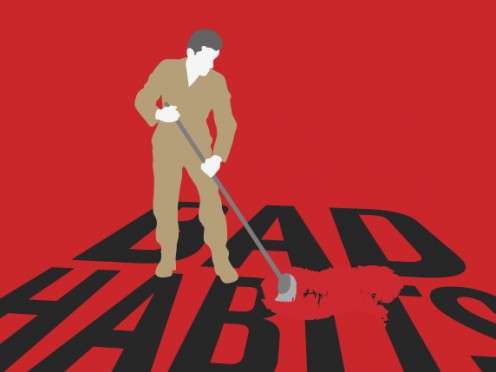
Changing bad habits –
To change habitual behavior an individual has to change the pattern that has been repeatedly followed, which has resulted in a particular habit. But changing the pattern will require the knowledge why a particular habit needs a change. It a habit is harmful for a person, this itself is a strong incentive to change it. For example, we all know how harmful smoking can be for a smoker as it can cause myriads of diseases. It is not only harmful for the smokers but also for the non-smokers as well, who inhale secondary smoke.
To begin with, take a habit that you think is incredibly easy to change. If you write it down clearly with some detail why it needs to be changed, it will strengthen your motivation and determination.
- People perform certain habits, when they are under stress; they also do so when they are at certain places or doing certain activities. If this is a pattern of your particular habits, remove the trigger factor responsible for the habit.
- Try your best to avoid objects, places or people that tempt you to fall into a habit. For example, if you want to avoid eating junk food, remove any junk food from the kitchen, refrigerator or any other place in your home. When shopping for food in a store, avoid walking through the area that stocks junk food. Learn about the harmful effects that junk foods can cause. This will remove the stimulus that may tempt you to eat junk food. The same trick can be applied to other bad habits that you want to remove. Many have an irresistible habit of checking cell phones frequently. One can learn to avoid this by shutting down the phone or putting it in airplane mode. When at home, shut down the phone and place it in another room. By doing this quite often, one can be able to avoid the habit of compulsively checking the phone often.
- We can add something to a bad habit that can cause unpleasantness whenever it is indulged in. For example, chronic alcoholics are given a medication that can cause unpleasant symptoms when they drink alcohol. Over a period of time, the habit of drinking can be checked as the person fears getting the unpleasant symptoms. In fact, the medication acts as an effective deterrent for alcohol drinking.
- We can rope in others such as our family members and friends to help us in changing our bad habits. We can ask our spouse or children to stop us whenever we are about to indulge in a bad habit; for example, when we are about to reach for a cigarette, they can stop us from doing so. They can help us in resisting our temptation for buying it in the first place. Similarly, we can also take help of our like-minded friends. In fact, company of such friends is also beneficial, as they not only help us in getting rid of a bad habit but also help us in strengthening a new habit because they also show the same good behavioral patterns when we all are together.
- Reward yourself with something, howsoever small it may be, to celebrate even small successes in the process of changing bad habits such as buying yourself a new dress or going to your favorite movie. You can include in the celebrations your family members or buddies, who have helped you in your successes.
Sub-conscious mind and habits - People find is quite difficult to change bad habits, because they are quite well established in their sub-conscious mind. Here follows an example to explain: Imagine that ink is being added to a glass of water by you. Then you stir it up with a spoon to mix it with water. Now it is very difficult to remove it from water as ink has become its inseparable part. So, the bad habits are like ink in the water. Similarly, bad habits may be difficult to remove as ink is from the water. If you add clean water to the glass little by little, you can eventually clear the water completely. Similarly, by replacing the bad habits with good habits one can get rid of bad ones. Here follows another simple example: You are in a habit of wearing right shoe first, whenever you wear your shoes. As you have been doing this for a long time, it has become your automatic behavior. In other words, it has become well established in your sub-conscious mind. Now you begin to practice wearing left shoe first, whenever you wear your shoes. You are going to change your habit by wearing your shoes differently – left shoe first followed by right. By repeatedly doing so, it will become your new habit, although you may initially fail a couple of times. Now this new behavior pattern has become well established in your sub-conscious mind.
This basic technique is actively used in the above steps for changing bad habits. Whenever we avoid things, places, or people that tempt us to indulge in a habit, we are actually doing something differently in order to change the pattern. If we add something to a habit that can cause unpleasantness whenever it is indulged in, it means that we are doing something to change the pattern. By repeatedly changing the habitual patterns, we create new patterns. And thus these new patterns are established in the sub-conscious mind, replacing the old ones.
When we solicit the help of our family members or friends in changing our habits, we are actually taking their help in breaking old behavioral patterns that drive us to our habits. Likewise, rewarding ourselves for our successes encourages us and helps changing our old patterns that are well established in our sub-conscious mind.
The bottom line –
We develop certain habits by repeatedly following certain behavioral patterns for quite a long time till neural pathways are created well in our brain so that the behavior becomes automatic. Since it took a long time to create a habit, it will also take an equally long or still longer time to change it. An individual is quite likely to fail in his or her efforts in getting rid of bad habits but that should not deter one from continuing with whole hearted efforts.
Always celebrate any success, howsoever small it may be, that leads you to your desired goal. Don’t forget to include your family members and well-wishers in your celebrations!




